|
|
|
racing around the sky from unusual directions
Wednesday, October 2 2019
When walking Ramona in the field behind the office complex, I encountered a man doing some sort of survey. Two lines of stakes stretched off to the southeast five feet apart, suggesting some sort of trench was to be dug. The man told me he'd initially mistaken Ramona for small bear.
A couple hundred feet to the east, I saw a group of four or five large wild turkeys. They were so fat they could've almost passed for the Thanksgiving kind. I was able to snap some pictures with my phone, but without a telephoto lens, there weren't many details. The turkeys melted into the bushes as we approached.
The morning had been warm and humid but by the time I drove home from work, the sky was full of menacing clouds racing around the sky from unusual directions. I snapped some photos as I crossed the Hudson Fjord on the Kingston-Rhinecliff Bridge.
Back at the house, I immediately went to my stone wall in the forest and managed to add some large stones to its eastmost end, but eventually a strong rain forced me back to the house. The rain wasn't yet uncomfortably cold, but it was clear that cold air was on its way.
In order to buy myself a night of drinking, I painted a small painting of a jellyfish based on a white-on-black line drawing of a Rathkea octopunctata from Plate 39 in Kenneth L. Gosner's A Field Guide to the Atlantic Seashore from the Peterson Field Guide series. My version took creative liberties with the colors, making my version appear iridescent.
23AndMe.com has become a regular internet destination for me in the last few weeks. There's always something new there, usually in the form of some new 23AndMe.com customer who turns out to be a distant cousin. I can then look at what information they provide to get a better clue of my specific origins. 23AndMe.com was, after all, the first clue that one important fact of my ancestry was erroneous. My father had told me that his maternal grandmother had been "from Austria." But Austria hadn't been detected as the location of any of my genetic combinations. Further investigation revealed that "Austria" at the time of my great-grandmother's emigration (the late 1800s) had been a much bigger place, and then I found something somewhere suggesting she'd actually come from Bohemia (from a location now within the Czech Republic). Today 23AndMe.com updated its Ancestry Composition report, and things had shifted around in my origin story. My British & Irish component had increased from about 20.8 to 30.6% and my French & German component had dropped from 55.0% to 44.8%. My Italian component had gone from 1.2% down to just 0.3%, but now I had 1.4% "Spanish & Portuguese" component and even a 0.1% Sardinian component. For the first time I had something not completely European in there as well: 0.01% "Unassigned." That could be space alien for all anyone knows. Today for the first time, I realized that I can also see the Ancestry Composition reports for a large subset of those with whom I share ancestry, and this allows me to piece together which of my grandparents contributed what fragments of my ancestry. So far, for example, it's looking like my Italian component came via Clarence DeMar.
Using other resources, I've been able to track my ancestors back as far as the 1500s (on my maternal grandmother's side) and the 1700s (on Clarence DeMar's side). I can even trace my mitochondrial DNA back to 1785, when it appeared out of nowhere on FamilySearch.com with the birth (in Londonderry, New Hampshire), of a baby girl named Elizabeth Plummer (she was of the X2 haplogroup). Her daughter was Sarah Shute, whose daughter was Elizabeth Bartlett, whose daughter was Sarah Lobdell, whose daughter was Margaret Ilsley, whose daughter was Elizabeth DeMar, who provided me with my beginner's kit of mitochondria.
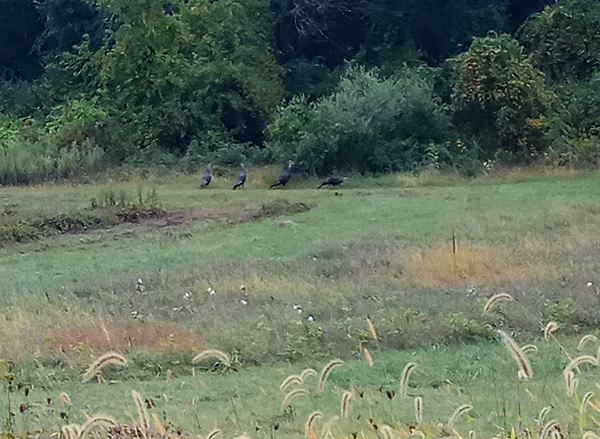
Turkeys in the field behind the work complex.
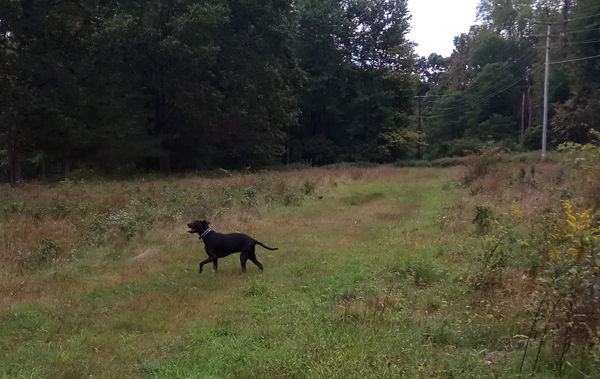
Ramona under the powerline behind the work complex.
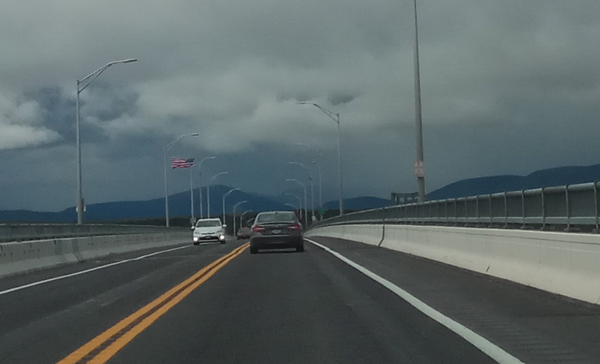
Clouds over the Kingston-Rhinecliff Bridge, looking west (towards the Catskills).
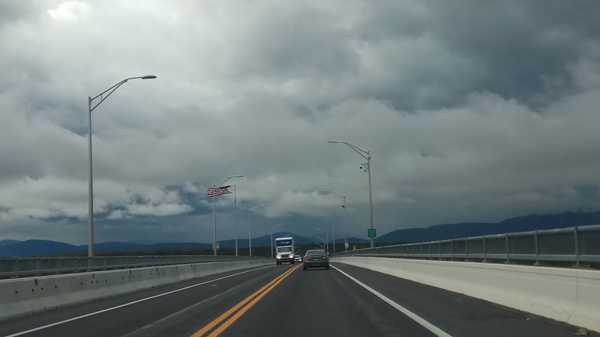
Clouds over the Kingston-Rhinecliff Bridge, looking west from further west (towards the Catskills).
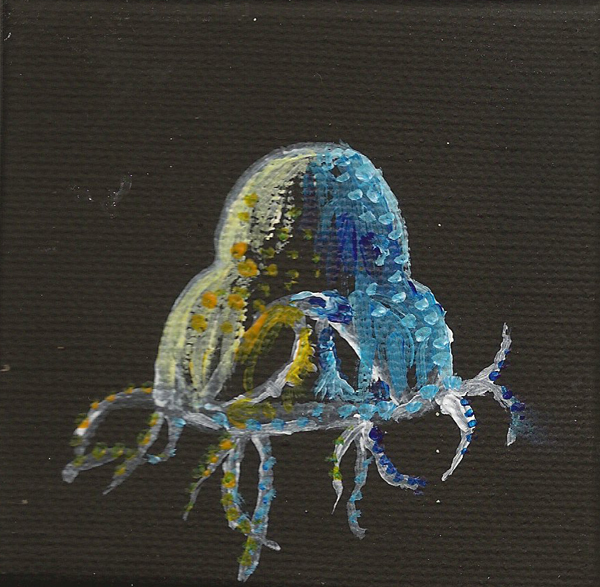
My take on Rathkea octopunctata.
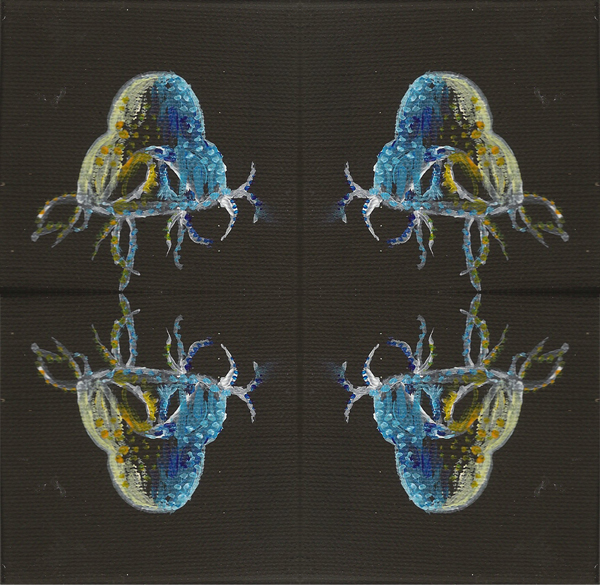
The double-flipped version.
For linking purposes this article's URL is:
http://asecular.com/blog.php?191002 feedback
previous | next |





